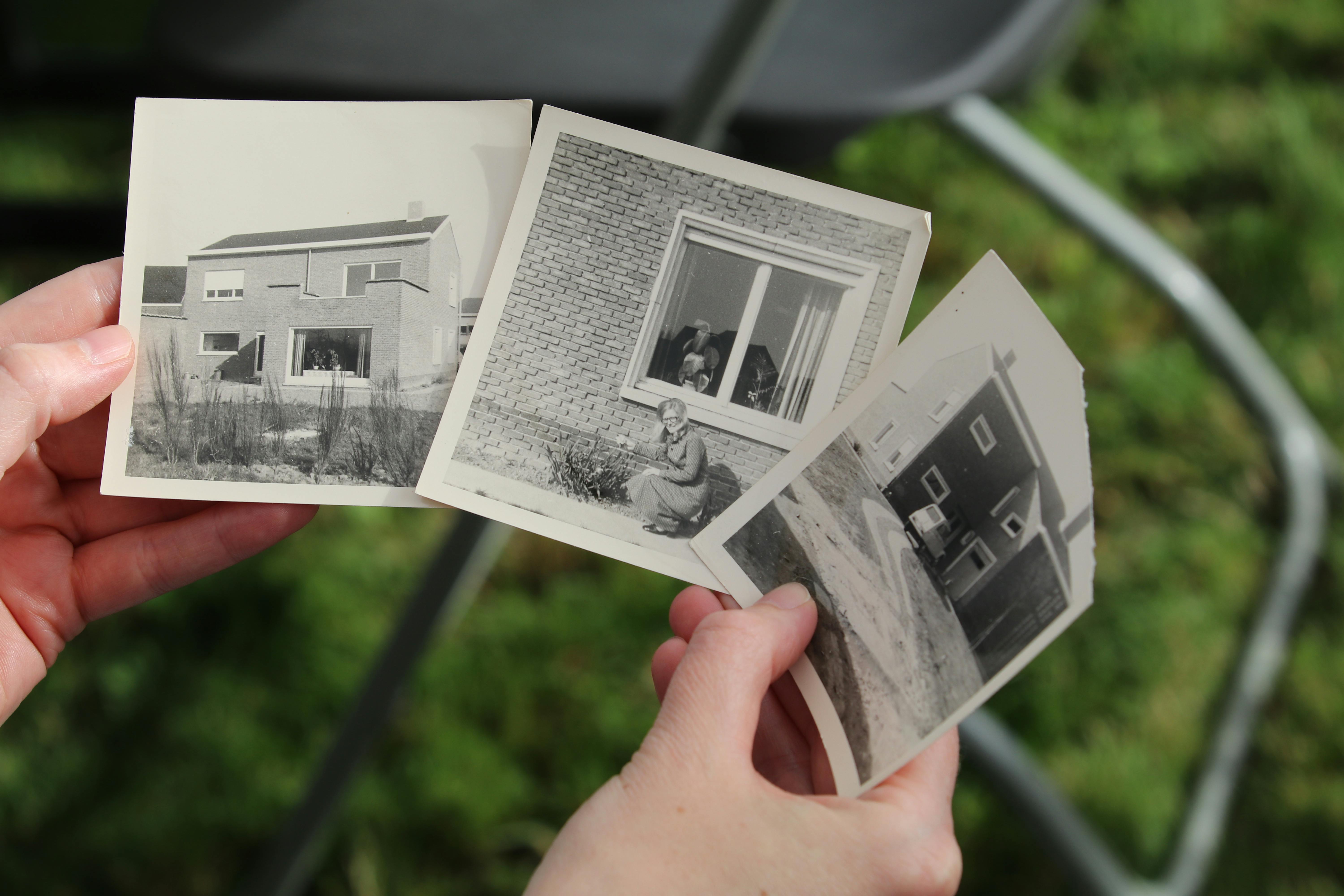
How to avoid costly water damage
admin
- 0
Water damage from an HVAC system? You read well. Home and business owners often don’t realize that a heating, ventilation, and air conditioning (HVAC) system that doesn’t drain properly can cause costly water damage to your home or business. That is not the only cause of water damage, of course, other major ones are plumbing, roof and floor leaks. The following is a look at all of them.
Why the HVAC damage?
The water in your HVAC system has to go in some place, but unlike a sink with a drain that is connected to a sewer or septic system, the water from the HVAC system in its building or residence it does not flow directly into a city sewer, but simply drains out of the building and falls to the ground. Consider: Your HVAC system generates up to one gallon of water in each AC cycle, lasting about 15 minutes, water damage can result very fast if the system is not drained properly!
Second, let’s say it’s your heating system that’s on and not your air conditioner. There may not be as much water per se, but a clogged system still means a lot of dirt is forming in the drain pipe and in the drain pan that will build up and pose potentially costly problems. (Extensive mold is just one possibility.)
Several noteworthy caveats. Even if you rent or lease your commercial space, you are often still responsible for the Ladyge caused by a faulty system. And that can easily cost hundreds of dollars or worse.
Here are some recommendations to avoid costly water damage due to a faulty HVAC system:
* The HVAC unit evaporator coil and drain pan must be raised when installed to ensure proper drainage.
* Drain line must be 3/4 PVC pipe (40 schedule recommended over thinner 20 schedule used under kitchen sink) with a minimum 1/8 “drop per foot or 1 inch every 8 feet to ensure adequate downflow for drainage.
* The drain line bracket should be installed every 4 feet to ensure the drain line runs straight without sagging, which can create a pause that can trap water and cause drainage problems.
* Consider running a cleaner down the drain line regularly to break up dirt or other contaminants that might otherwise form. Some systems can even be configured to have a cleaner run automatically at regular intervals.
* A condensation water trap should be installed at the beginning of the drain line run as it exits the HVAC unit or at the end of the drain line run where the water ends from the system.
The following are additional sources of water damage that the tenant may be responsible for repairing:
* Plumbing leaks– Water heaters, toilets and sinks are obvious accessories that are at risk of a water leak. Many landlords and tenants do not realize that there are several more subtle sources of leaks. Drain line problems can cause sinks and toilets to malfunction, and old drain lines often corrode, leak, collapse, or seep into the roots. Pipes punctured by nails or drywall screws during construction and renovation are a time bomb. These “nails in pipes” problems may NOT drip water for days or even years after the problem is created, but when they do, beware!
* Leaks on the roof They not only occur in the upper tenant (closest to the ceiling), but even in the ceilings of the ground floor tenants. Water can follow beams, posts, columns, and walls and becomes apparent only when the ceiling of the ground floor space causes water to pool and stain the ceiling. Sometimes a roof leak even shows up as water on the floor of the tenant’s space.
* While many leaks in the floor they are actually plumbing leaks under the slab or floor, just as many are the result of poor drainage outside the building causing water to pool under the slab or floor. As noted above, the water has to flow somewhere!
Resume
It is worth noting that many insurance policies consider increased drainage water to be “flood damage” and will only cover such damage if the business owner has flood insurance or a flood rider.
Clearly, whether you are a homeowner or a small commercial business owner, ignore water drainage and potential leaks at your own risk.

